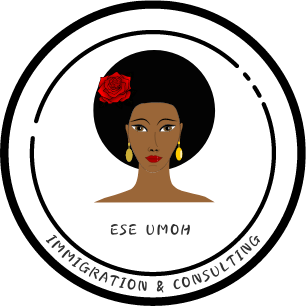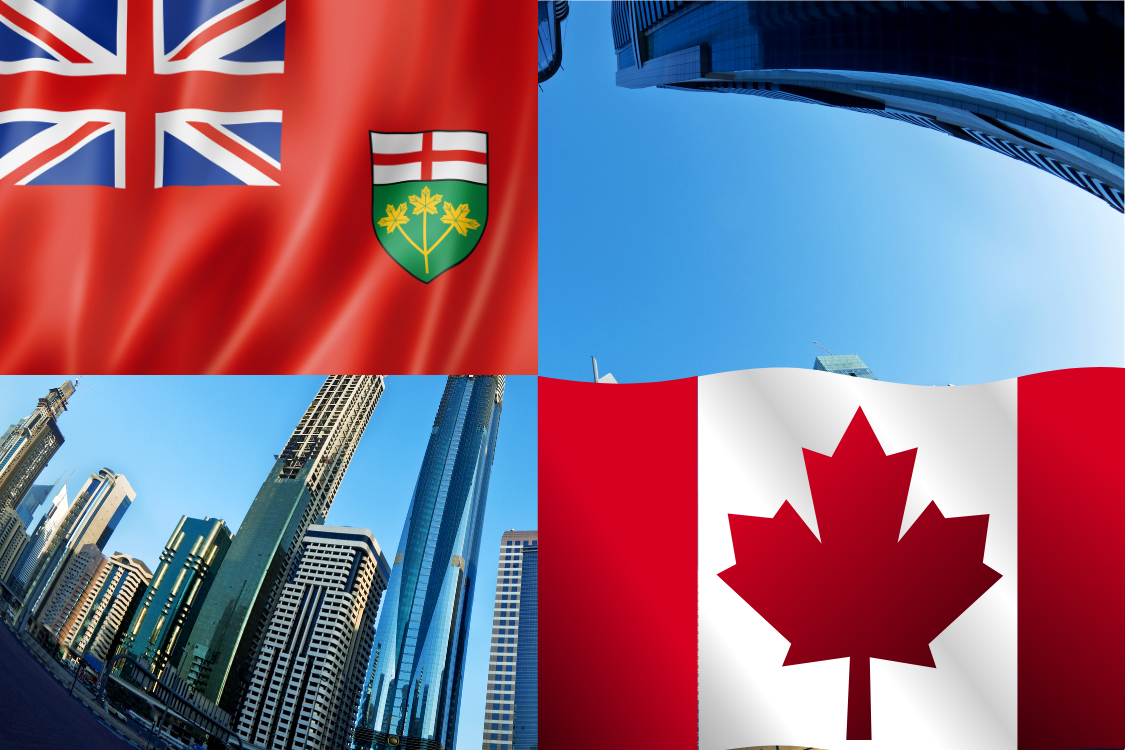Dear future neighbour,
On November 12, 2025, Immigration, Refugees and Citizenship Canada (IRCC) held Draw #378.
See below details of November 12 draw
-
Program: Canadian Experience Class (CEC)
-
Draw Date: November 12, 2025
-
CRS Score: 533
-
Number of Invitations: 1,000
-
Tie Breaking Rule: October 17, 2025
The draw was specific to the Canadian Experience Class (CEC) program meaning candidates who already have skilled work experience in Canada.
In short: If you’re in the Express Entry pool under CEC, and your CRS is around 533 (or higher), you had a shot this time.
Here’s why this draw is important and what you should keep in mind:
It tells us where the bar currently is
The CRS cut-off of 533 gives you a benchmark. If you’re preparing your profile, you now know roughly what you may need to aim for (though it can change).
Program-specific draws are the trend
Rather than “all-program” draws (where anyone under the three main Express Entry programs is considered), IRCC is doing more program-specific draws.
That means: If you have Canadian experience, you’re in a favourable track. If not, you might need to look at other categories or boost your score.
Competition remains strong
Even though this is a program-specific draw, a cut-off of over 500 shows the competition remains high. If you’re a profile with lower CRS, you’ll need to consider ways to improve your score.
Timing and selections are strategic
IRCC uses tie-breaking rules (for example, a profile submitted before a certain date/time will be favoured when scores are equal) and monitors labour market needs.
It’s smart to have your profile in early and keep it up to date.
Summary of Express Entry draws in 2025
| Date | Draw Type | Number of ITAs | Cut-off CRS score |
|---|---|---|---|
| November 10 | Provincial Nominee Program | 714 | 738 |
| October 29 | French language proficiency | 6,000 | 416 |
| October 28 | Canadian Experience Class | 1,000 | 533 |
| October 27 | Provincial Nominee Program | 302 | 761 |
| October 15 | Healthcare and social services | 2,500 | 472 |
| October 14 | Provincial Nominee Program | 345 | 778 |
| October 6 | French language proficiency | 4,500 | 432 |
| October 1 | Canadian Experience Class | 1,000 | 534 |
| September 29 | Provincial Nominee Program | 291 | 855 |
| September 18 | Trade | 1,250 | 505 |
| September 17 | Education | 2,500 | 462 |
| September 15 | Provincial Nominee Program | 228 | 746 |
| September 4 | French language proficiency | 4,500 | 446 |
| September 3 | Canadian Experience Class | 1,000 | 534 |
| September 2 | Provincial Nominee Program | 249 | 772 |
| August 19 | Healthcare and social services | 2,500 | 470 |
| August 18 | Provincial Nominee Program | 192 | 800 |
| August 8 | French language proficiency | 2,500 | 481 |
| August 7 | Canadian Experience Class | 1,000 | 534 |
| August 6 | Provincial Nominee Program | 225 | 739 |
| July 22 | Healthcare and social services | 4,000 | 475 |
| July 21 | Provincial Nominee Program | 202 | 788 |
| July 8 | Canadian Experience Class | 3,000 | 518 |
| July 7 | Provincial Nominee Program | 356 | 750 |
| June 26 | Canadian Experience Class | 3,000 | 521 |
| June 23 | Provincial Nominee Program | 503 | 742 |
| June 12 | Canadian Experience Class | 3,000 | 529 |
| June 10 | Provincial Nominee Program | 125 | 784 |
| June 4 | Healthcare and social services | 500 | 504 |
| June 2 | Provincial Nominee Program | 277 | 726 |
| May 13 | Canadian Experience Class | 500 | 547 |
| May 12 | Provincial Nominee Program | 511 | 706 |
| May 2 | Healthcare and social services | 500 | 510 |
| May 1 | Education | 1,000 | 479 |
| April 28 | Provincial Nominee Program | 421 | 727 |
| April 14 | Provincial Nominee Program | 825 | 764 |
| March 21 | French language proficiency | 7,500 | 379 |
| March 17 | Provincial Nominee Program | 536 | 736 |
| March 6 | French language proficiency | 4,500 | 410 |
| March 3 | Provincial Nominee Program | 725 | 667 |
| February 19 | French language proficiency | 6,500 | 428 |
| February 17 | Provincial Nominee Program | 646 | 750 |
| February 5 | Canadian Experience Class | 4,000 | 521 |
| February 4 | Provincial Nominee Program | 455 | 802 |
| January 23 | Canadian Experience Class | 4,000 | 527 |
| January 8 | Canadian Experience Class | 1,350 | 542 |
| January 7 | Provincial Nominee Program | 471 | 793 |
What this means for you
Depending on where you are in your journey, here are some take-aways:
If you’re already in the EE pool
-
Check your CRS: If you’re 533 or above, you might be in the ballpark for CEC draws like this one.
-
If you’re below that, you can boost your CRS via:
-
Better language test results (higher scores)
-
Additional Canadian work experience (for CEC)
-
A job offer in Canada (if eligible)
-
Getting a provincial nomination (PNP) – adds 600 points.
-
-
Keep your profile updated. Make sure you don’t miss any deadlines or fail to provide required documentation if you get an ITA (Invitation to Apply).
If you’re not yet in the pool
-
Make sure you qualify for one of the Express Entry programs (CEC, Federal Skilled Worker, Federal Skilled Trades) each has eligibility criteria.
-
Get your documents ready: language test, educational credential assessment (if needed), proof of work experience, etc.
-
Consider the program-specific angle: If you have Canadian skilled work experience, CEC might be the path. If you have something unique (French-language proficiency, trades, etc), keep an eye on category-based draws.
If you’re watching for future draws
-
Because the draw was program-specific, if you’re not in CEC, you may need to wait for a draw applicable to your program or improve your CRS.
-
The pool of candidates changes constantly, new profiles go in, old ones expire. Your relative standing can shift.
-
Stay informed: IRCC publishes draw results, and immigration-weekday sites/blogs track trends.
A few extra tips
-
Don’t assume every draw will look like this. The number of invites and CRS cut-offs can change. Program-specific draws might have very different cut-off scores than general draws.
-
Tie-breaker matters. If you have the same CRS as someone else, but submitted later, you may miss out. So profile submission time counts.
-
Focus on increasing your CRS if you’re below the cut-off. Sometimes even a small bump in language test scores or a new job can make a difference.
-
Keep your profile current. If your situation changes (e.g., more work experience, improved language), update the profile — you don’t want outdated info.
-
Have your documents ready. If you’re invited (an ITA), you’ll have a limited window (typically 60 days) to submit a full application. Having everything ready in advance helps.
Need help with your Canadian immigration process?
Whether you’re applying for a visitor visa, submitting a work permit or visa application, creating an Expression of Interest (EOI), setting up an Express Entry or Provincial Nomination profile, preparing your application after receiving an Invitation to Apply, or simply want a professional review of your self-prepared application, we’re here to assist you.
Schedule a 30-minute / 60- minute consultation or contact us at:
info@eseumohimmigration.com
















